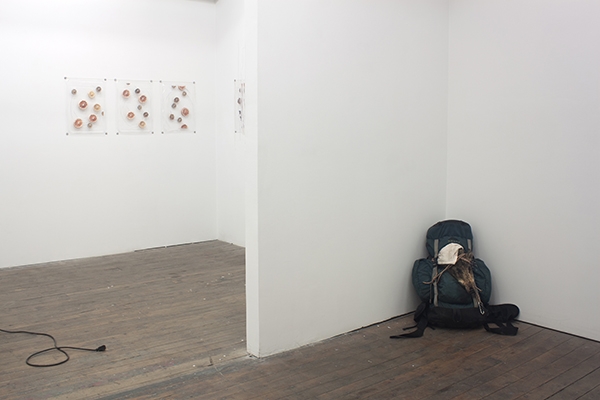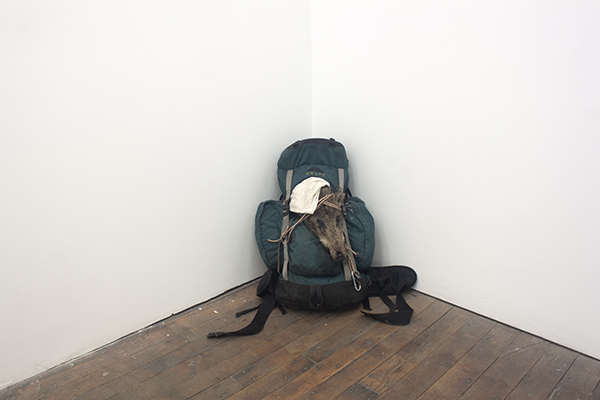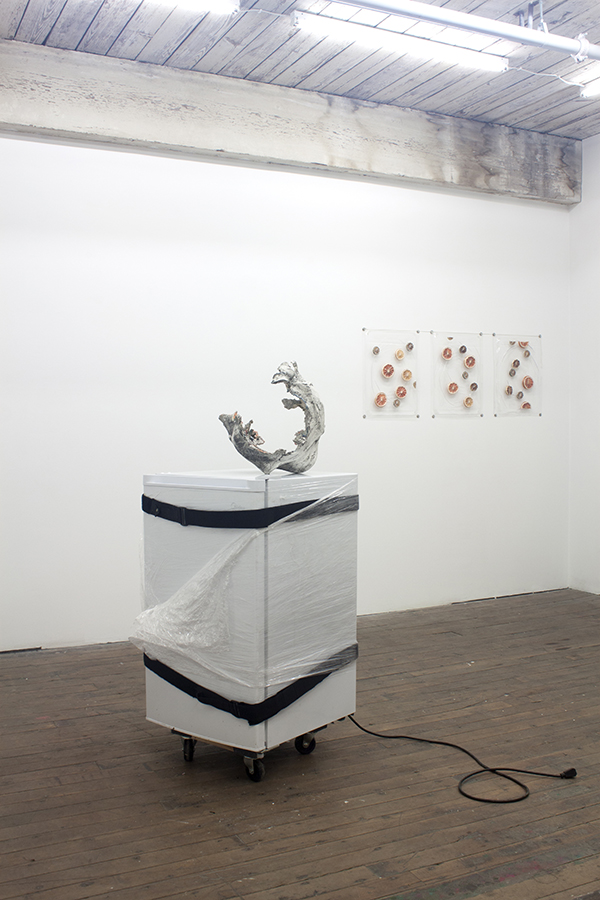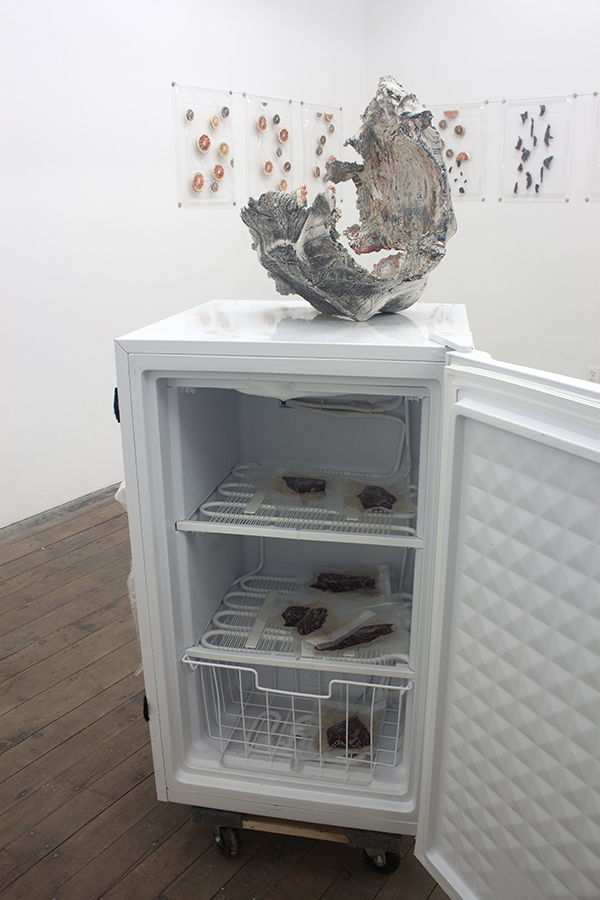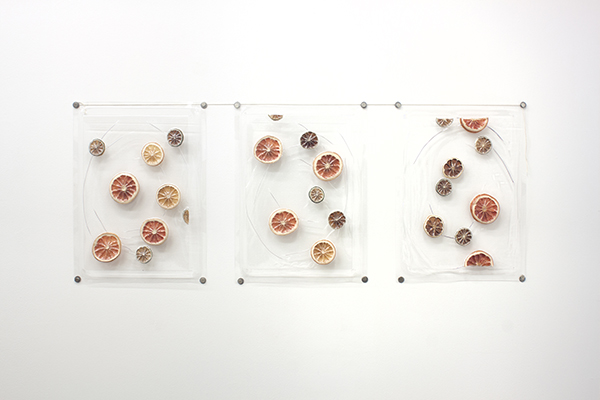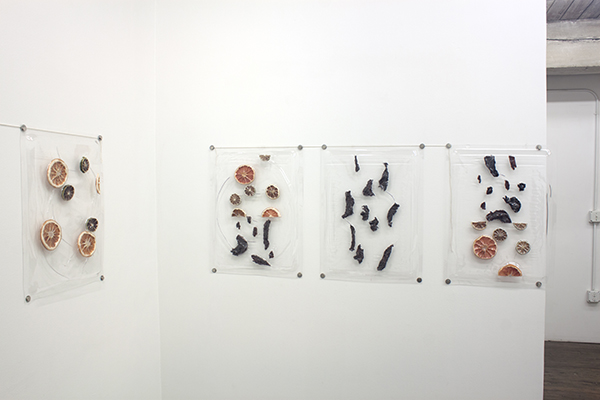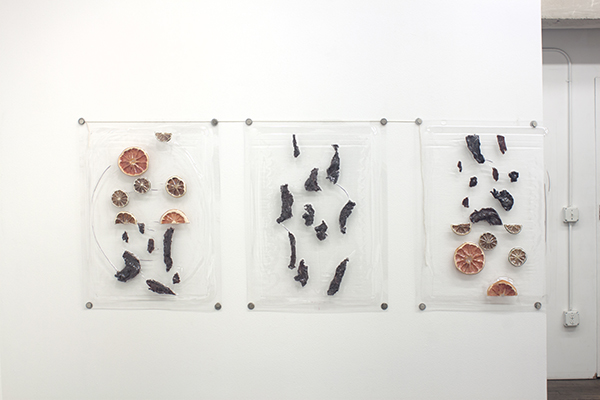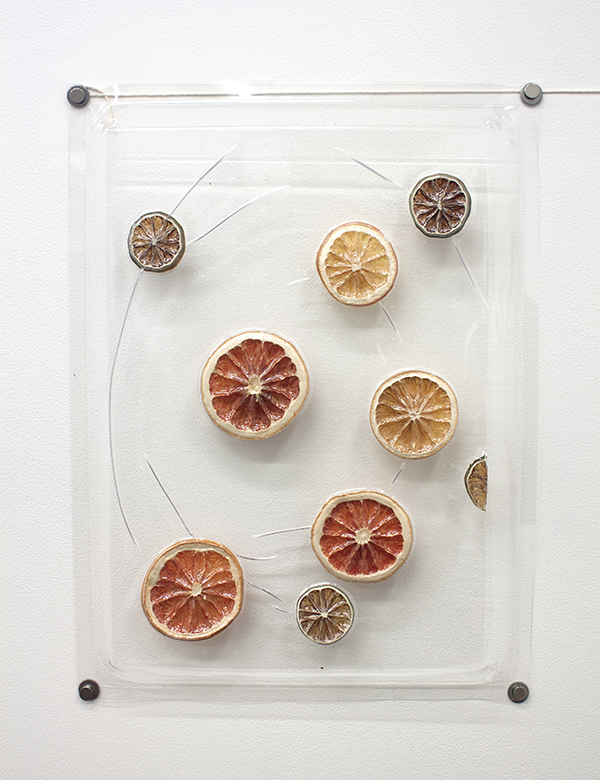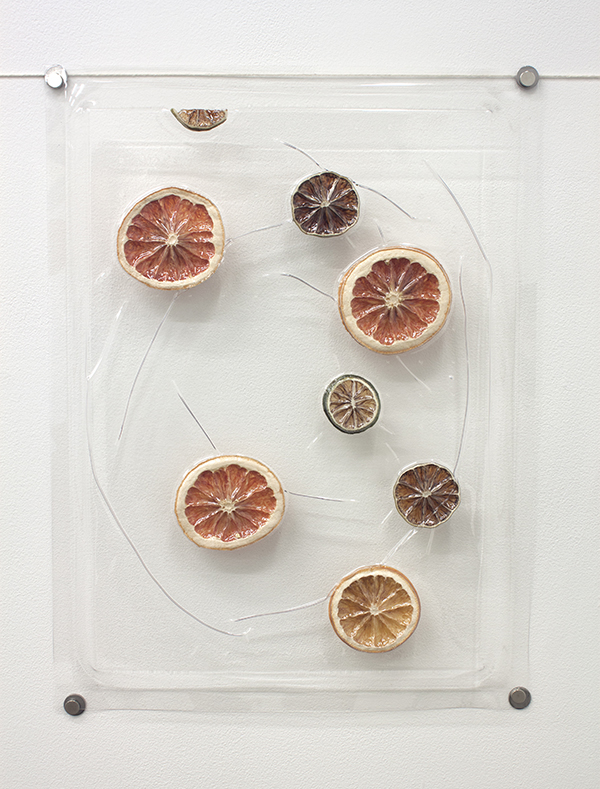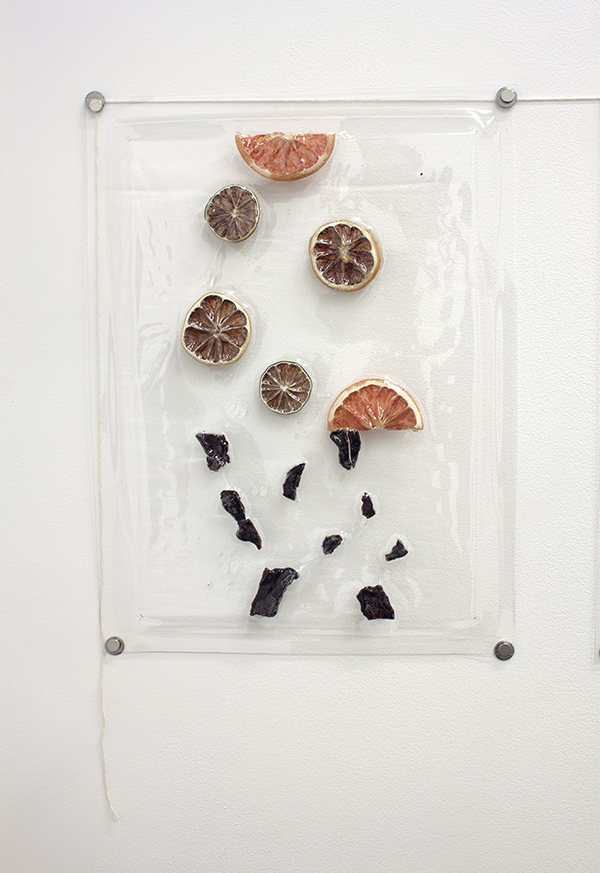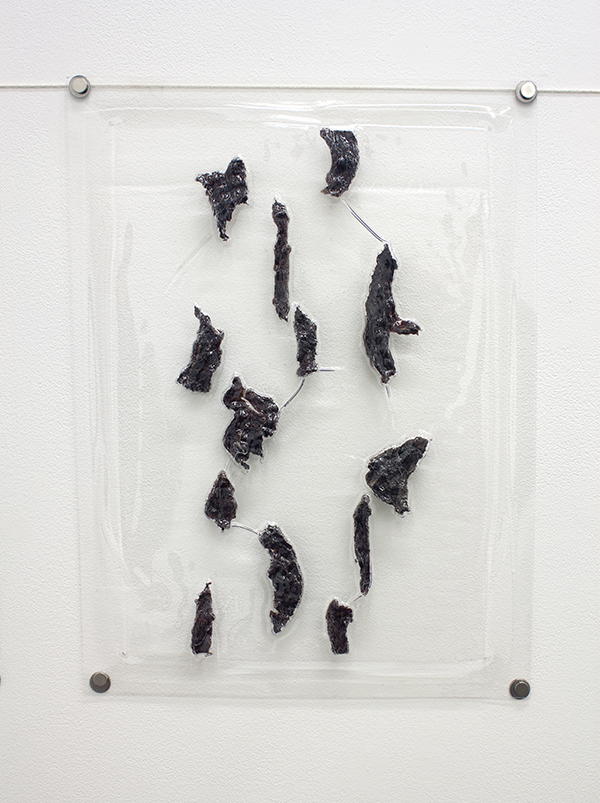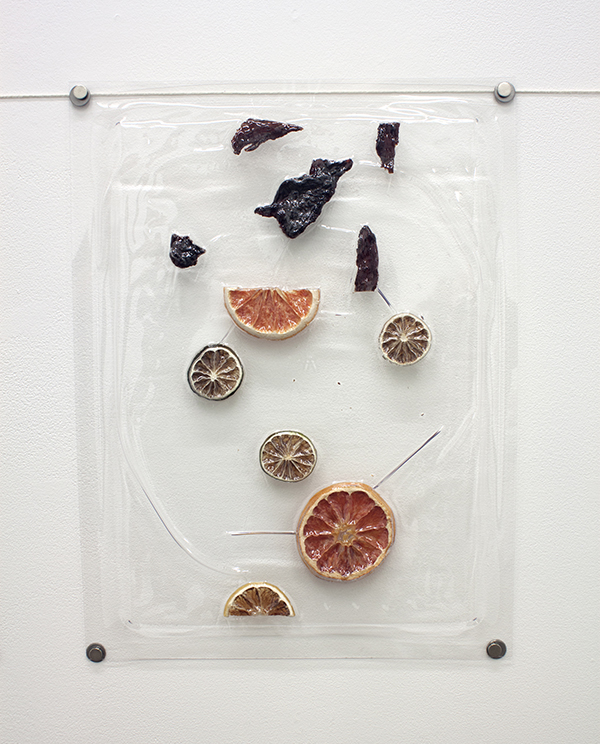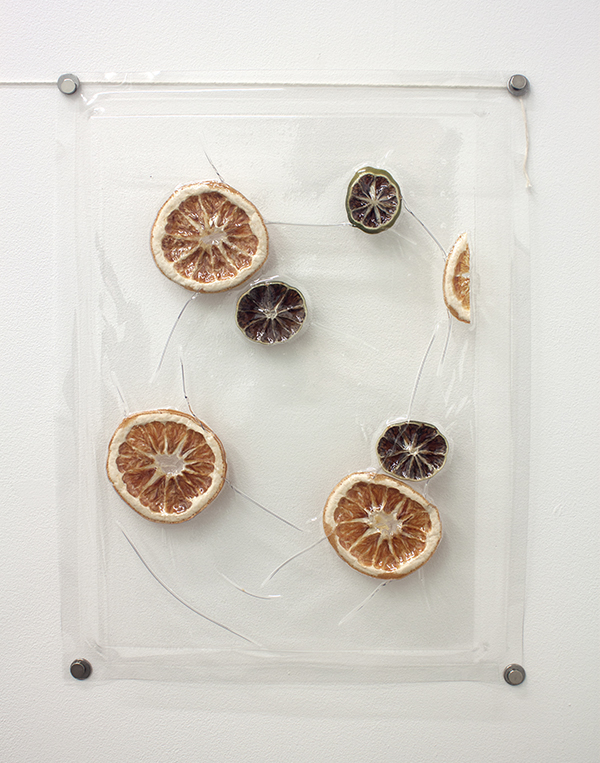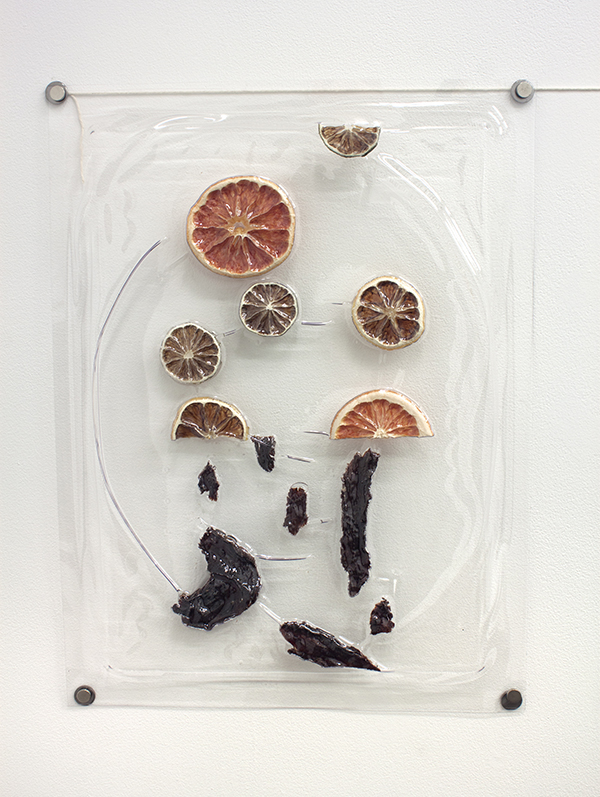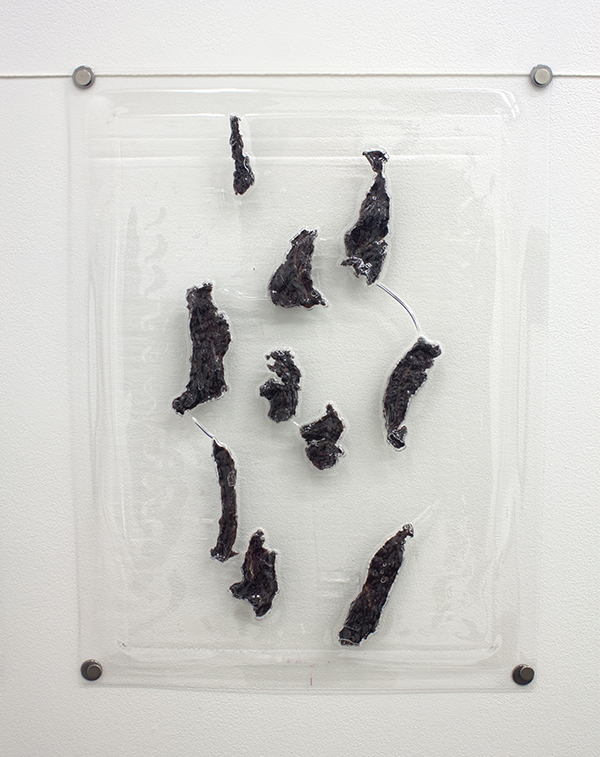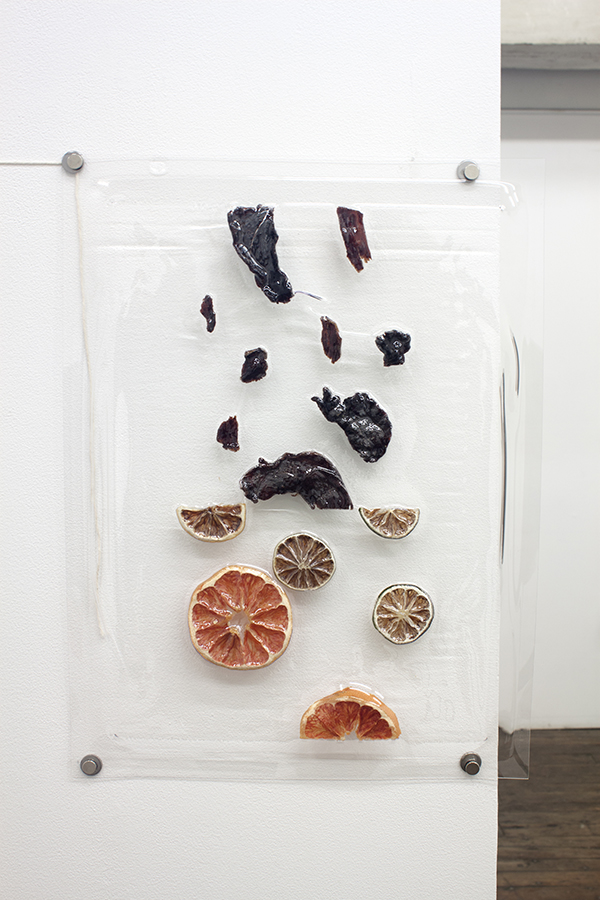A Case for Violence to Reduce Suffering
Ryan Kitson
March 7 – April 11, 2020
There are still some arguments among the experts as to when and where human pictorial representation originates, spanning from the well known caves of Lascaux dating back 17,000 years to the very recently discovered caves in Borneo, said to be over 40,000 years old. One thing they do not have any competing theories over however, is what these first pictures represent, which is almost always numerous animals and the human pursuit of them for food. The genesis of both Eastern and Western art history directly address, albeit primitively, the chasing of the game that these people knew to be their source of sustenance. As a fellow artist that also attempts to kill their own animal-based protein, this shared pursuit is the logical jump-off point for joining all of the preceding generations of creators within the canon. Since those early days the connection we have with what our food is and where it comes from has been steadily decreasing, and exponentially so when the industrial revolution merged with farming. In the early 1800’s, French chef Nicholas Appert invented canning; stackable, preserved units of animal parts ensued, and this was just the beginning. With worldwide populations booming and free market capitalism spreading like wildfire in the late 1920s, poultry became the first large-scale farmed animal. For nearly fifty years, chickens were the only factory-farmed animals, brought inside and raised in large numbers for egg production and eventual slaughter. In the 1970s however, pig farmers succumbed to the mass production process and began shifting to factory farming. Cow farmers soon followed suit and today, roughly 94% of all animals farmed for human consumption are raised on factory farms. In 1950, there were 5.6 million farms raising 100 million farm animals. In 2017, there were 2 million farms raising 9.32 billion farm animals. This relatively rapid phenomena that lead to the sacrificing of morals for profit was simply a combination of the demand for the high quality protein and the forces of the free market to prioritize efficiency and competitive pricing over the abuse of sentient beings and the environment. The work included in this exhibition takes its prompts from the personal discovery that these earliest representations found in thousands of caves from around the globe are the ONLY subject that really matters, which for them was one of survival. Contemporary humans have many options, but when one does pursue their own animal protein they find that a little door in the back of their brain they were unaware of is opened and a direct connection to these first artists is now available and easily understood.
-Ryan Kitson 2020
Notes about the work:
Hog Pack
2019, Kelty Backpack, Hog Head, Rope 27x16x12”
A traditional taxidermy mount is a familiar kitsch object to us all, fallen from its original intention as an object to honor the animal and remember the hunt, they are now generally thought of as a trophy to cerebrate the human’s dominance over nature. Hog Pack 2019, is the taxidermied head of a wild boar tied down to the backpack for transport and leaned against the wall, replicated from a field photograph from the hunt that included these beings and objects this sculpture is simply an update of the taxidermy mount as an attempt to reach back to their original intent through documentary sculpture.
6.5 at 50
2020, Glazed Stoneware, Freezer, Wild Game, Plastic
Dimensions Variable
6.5 at 50 consists of a blocks of stoneware clay that were used as targets to zero-in a rifle that was subsequently used to kill a buck that is now within the freezer pedestals in sample sized portions for visitors to take, wild game is not for sale.
Vacuum Slots
2020, Vension, Gummie Worms, Dried Fruit 20x15” Per Panel, Dimensions Variable
This set of wall sculptures can be found at the intersection of food, chance of the unknown, and the borough of Brooklyn. Three types of food objects- vension, dried fruits and gummy worms, signify and are literally the highest to the lowest forms of edible objects, vac-sealed in plastic in groups of three.


